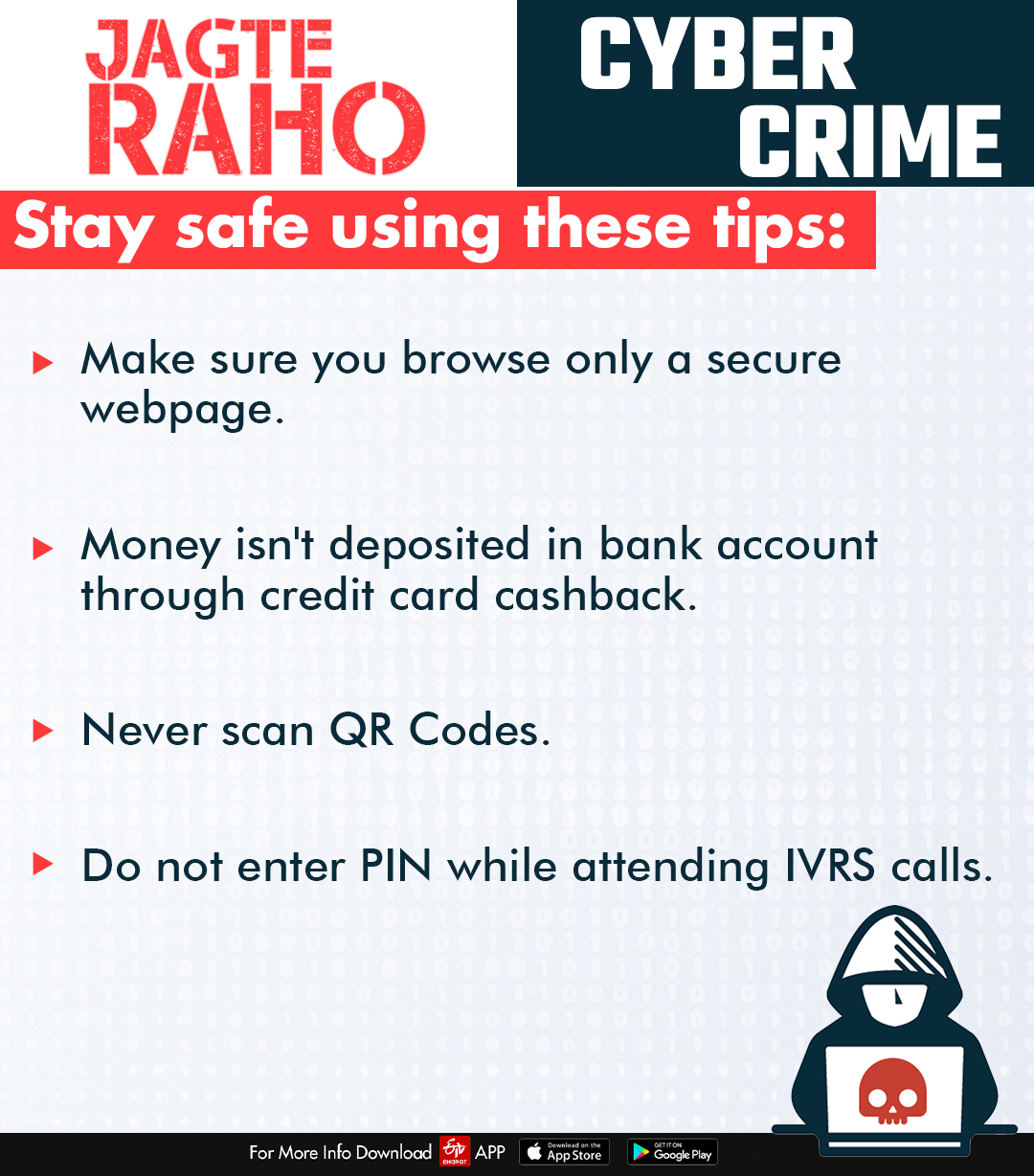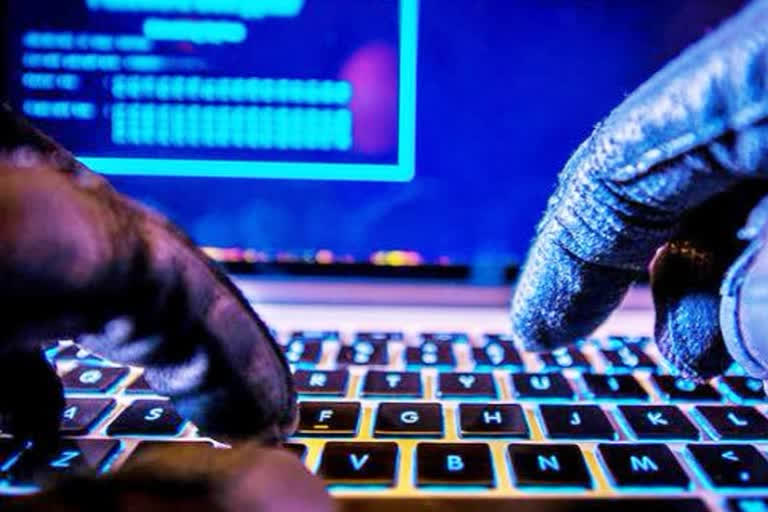Hyderabad: With the world still reeling from the effects of COVID-19, bad actors are stepping up efforts to capitalize on the global unrest with varying degrees of success. None have found so much success – and caused so much damage – as the criminal enterprises that have employed ransomware to threaten industry, commerce, education and lives in ways that transcend geopolitical boundaries.
What is ransomware
Criminals deploy malware that encrypts data on a victim’s IT network, making it inaccessible to them until a ransom is paid – often in the form of cryptocurrency.
- Criminal organizations are using ransomware to exploit vulnerabilities during the pandemic.
- Ransomware attacks have both a financial and a human cost.Urgent actions in the fight back against ransomware

The average ransom paid by victimized organizations has more than doubled in the COVID-19 era, reaching $312,493 last year, according to the 2021 Unit 42 Ransomware Threat Report. Those figures tell just part of the economic story, as the cost of system downtime and recovery often eclipses the ransom payment. And the human toll is even direr. Ransomware stops hospitals, educational institutions and governments from operating effectively, or it sometimes shuts them down entirely for days or weeks.

During a ransomware attack, IT administrators often struggle to recover data and restore operations, while employees are idle. Meanwhile, senior leaders engage in intense internal deliberations, debating whether to pay the ransom or tough it out through the remediation process. In the interim, patients in hospitals lose access to chemotherapy doses and operations are delayed. Logistics providers find themselves unable to deliver COVID-19 vaccines. Children go uneducated. And municipal and regional governments stop providing basic services.
Read: COVID-19: Kerala police launch 'cyber patrols' to stop fake news
This toll on society is why global leaders must act.
Thankfully, they are doing so. More than 65 software companies (including some longstanding and fierce competitors), cybersecurity vendors, government agencies from US and European countries, non-profits and academic institutions have joined forces to tackle this insidious threat. Under the moniker of the Ransomware Task Force (RTF), this group of industry leaders has developed a clear, structured set of recommendations that, if resourced and implemented, could rapidly reduce the impact of ransomware on society.
Their names are familiar to anyone who has gathered in Davos: Microsoft, Amazon Web Services, Palo Alto Networks, Rapid7 and McAfee, just to name a handful. These businesses have provided workhorses, not show horses, collaborating to fight a problem that is simply too endemic for any one company, industry or government to mitigate on its own. The fact that they have come to that collective realization speaks volumes about the size of this effort.



